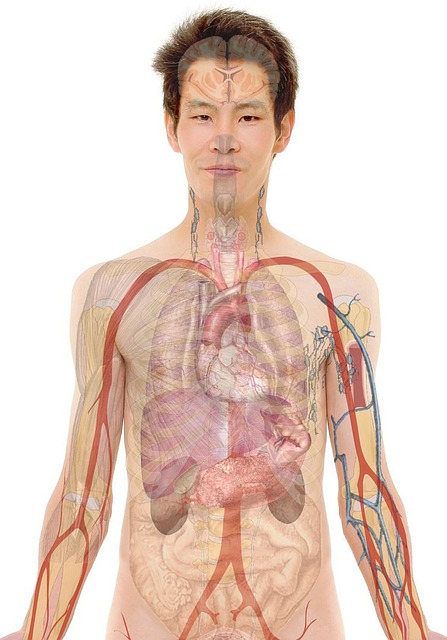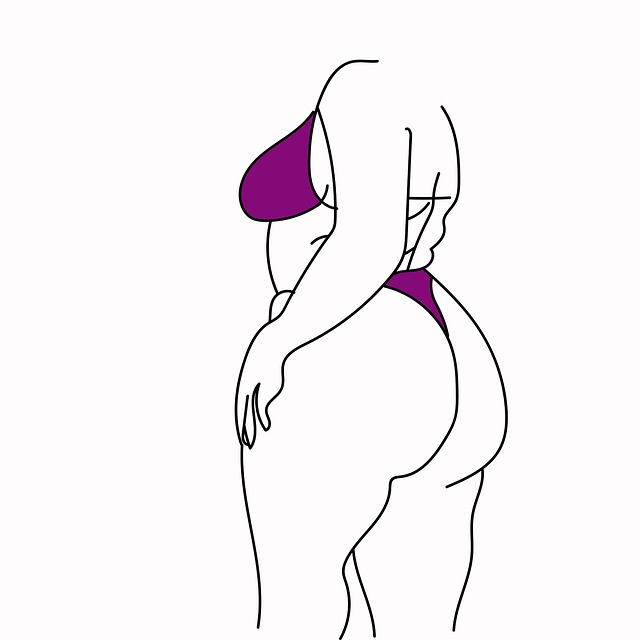Non-Surgical Body Contouring (NSBC) offers a safe and effective way to reduce fat without surgery, using advanced technologies like radiofrequency, laser, cryolipolysis, and HIFEM. These treatments target specific areas for inch loss, boosting collagen production with minimal downtime and reduced health risks. Popular procedures include CoolSculpting® and Vanquish Me. Post-treatment care involves rest, hydration, and diet, along with avoiding strenuous activities and direct sun exposure for 24-48 hours. Clinical trials show consistent results, making NSBC a growing trend for achieving a toned physique without surgery.
“Discover the transformative power of non-surgical body contouring—a revolutionary approach to fat reduction without incisions. This comprehensive guide offers an in-depth look at understanding, accessing, and navigating this cutting-edge field. From the science behind it to popular techniques and safety considerations, we demystify non-surgical body contouring.
Explore who benefits most from these procedures and what to expect post-treatment. Whether you’re a candidate or simply curious, this article provides valuable insights into achieving your ideal shape without the risks associated with surgery.”
Understanding Non-Surgical Body Fat Removal: A Comprehensive Overview

Non-Surgical Body Fat Removal, also known as Non-Surgical Body Contouring, is a cutting-edge approach to shaping and slimming various areas of the body without the need for invasive procedures or incisions. This modern technique has gained significant popularity among individuals seeking effective fat reduction without surgery. It leverages advanced technologies and treatments to target specific fat deposits and stimulate collagen production, leading to improved skin texture and tone.
This comprehensive overview aims to demystify Non-Surgical Body Contouring by exploring its working mechanisms, benefits, and suitable candidates. The procedures often involve non-invasive techniques such as radiofrequency, laser therapy, or cryolipolysis (cold application) to break down fat cells and enhance metabolism. By focusing on key areas like the abdomen, flanks, thighs, and arms, this method offers a safe and effective alternative for those desiring a more toned and sculpted physique without extensive recovery time.
How Does Non-Surgical Body Contouring Work?

Non-surgical body contouring uses advanced technologies like radiofrequency, laser, and ultrasound to target and break down fat cells. Unlike surgical procedures, these methods offer a non-invasive approach to shaping your body. The treatments work by delivering targeted energy to the subcutaneous fat, stimulating heat that disrupts the cell walls. Over time, these weakened fat cells are naturally eliminated from the body through its metabolic processes.
The procedure is often performed in multiple sessions, depending on the treatment area and desired results. During each session, a device is applied to the target area, delivering precise energy to melt away fat while cooling the skin to ensure safety and comfort. This innovative approach allows for noticeable reductions in stubborn fat deposits, resulting in a more sculpted appearance without any recovery time or scarring.
Benefits and Advantages of Choosing Non-Invasive Methods

Choosing non-surgical body contouring methods offers a range of benefits and advantages over traditional, invasive procedures. One of the most significant advantages is reduced recovery time. Unlike surgical options, non-invasive treatments allow patients to return to their daily routines quicker, with minimal discomfort or downtime. This makes it an attractive option for individuals who desire results without the extensive recovery process often associated with surgery.
Additionally, non-surgical body fat removal provides a safer and more gentle approach to contouring. By targeting specific areas with targeted energy or vacuum technology, these methods reduce the risk of scarring, bleeding, and other potential complications commonly linked to surgical procedures. This safety aspect is particularly appealing for those concerned about long-term health risks and permanent changes to their bodies.
Exploring Popular Techniques in Non-Surgical Body Shaping

Non-surgical body contouring has gained significant popularity as a safe and effective alternative to invasive procedures. Among the various techniques, one stands out: CoolSculpting®. This method uses cryolipolysis to break down fat cells, resulting in inch loss and improved body shape without surgery or downtime. Another popular choice is Vanquish Me, which employs radiofrequency energy to target and destroy fat cells. Both treatments offer minimal discomfort and are FDA-cleared, making them trusted options for those seeking non-surgical body shaping.
Additionally, high-intensity focused electromagnetic (HIFEM) therapy has emerged as a game-changer in the field. HIFEM devices deliver powerful electrical pulses to muscles, prompting them to contract rapidly—up to 10,000 contractions per session. This process not only tones and strengthens muscles but also aids in fat reduction by increasing metabolic rate and promoting lymphatic drainage. With these advanced non-surgical body contouring techniques readily available, individuals can achieve their desired figure without undergoing risky procedures.
Safety and Efficacy: Addressing Common Concerns

Non-surgical body contouring has gained popularity as a safe and effective alternative to invasive procedures. Unlike traditional surgical options, it offers minimal downtime and no recovery period, making it an appealing choice for those seeking body fat removal. The safety and efficacy of these treatments have been extensively studied, addressing common concerns about side effects and long-term results.
One of the key advantages is the use of advanced technologies like laser and radiofrequency energy to target specific areas. These devices break down fat cells without damaging surrounding tissues, leading to significant reductions in body fat. Clinical trials have demonstrated consistent and lasting results, with most patients experiencing improved body contour and increased confidence. Additionally, non-surgical methods are generally well-tolerated, with minimal discomfort reported during and after the procedure.
Who is a Good Candidate for Non-Surgical Procedures?

Non-surgical body contouring procedures are becoming increasingly popular for those looking to achieve a more toned and sculpted figure without the downtime and invasiveness of traditional surgery. These treatments are ideal for individuals who have areas of persistent fat that refuse to budge through diet and exercise alone.
Good candidates for non-surgical body contouring typically have realistic expectations and maintain a healthy lifestyle. It is suitable for people with localized fat deposits, such as love handles, a double chin, or excess fat around the waistline. Those who are generally healthy, at or near their ideal weight, and committed to post-treatment care suggestions are likely to achieve the best results from non-invasive body shaping treatments like CoolSculpting or Liposuction alternatives.
Post-Treatment Care and Expectations

After a non-surgical body contouring procedure, proper post-treatment care is essential for optimal results and faster recovery. Patients should expect some mild redness, swelling, and bruising in the treated areas, which typically subside within a few days to a week. It’s crucial to follow the healthcare provider’s instructions regarding rest, hydration, and diet. Staying hydrated helps flush out toxins and promotes healing, while a balanced diet ensures your body has the necessary nutrients to recover effectively.
Avoid strenuous activities, saunas, hot tubs, or direct sun exposure for at least 24-48 hours after the treatment. Wearing loose clothing can also help reduce discomfort and prevent irritation. Additionally, patients should monitor any signs of infection, such as increased pain, warmth, or discharge from the treatment sites. Promptly contacting your provider if these symptoms arise ensures timely intervention and minimizes potential complications.
